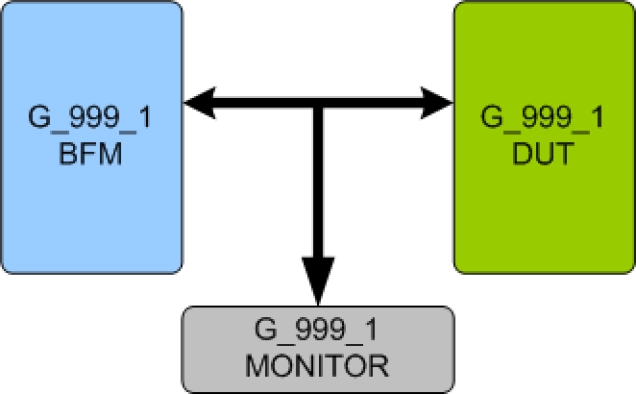The G_999_1 Verification IP is compliant with ITU-T G.999.1 specifications and verifies MAC-to-PHY interfaces of designs with a 1G Ethernet interface GMII/GMII TBI. It can work with SystemVerilog,Vera, SystemC, E and Verilog HDL environment. G_999_1 Verification IP is developed by experts in Ethernet, who have developed ethernet products in companies like Intel, Cortina-Systems, Emulex, Cisco. We know what it takes to verify a ethenet product.
G.999.1 Verification IP is supported natively in SystemVerilog, VMM, RVM, AVM, OVM, UVM, Verilog, SystemC, VERA, Specman E and non-standard verification env
G.999.1 Verification IP comes with optional Smart Visual Protocol Debugger (Smart ViPDebug), which is GUI based debugger to speed up debugging.
